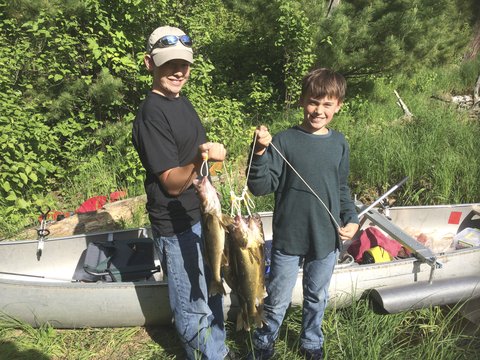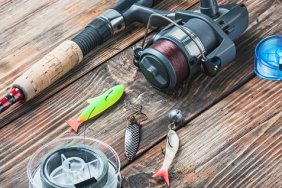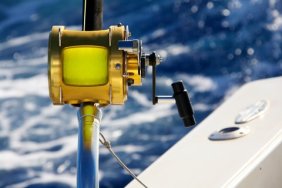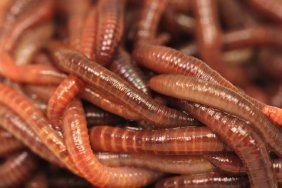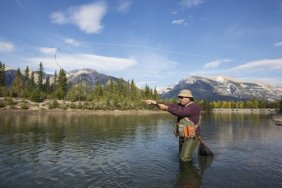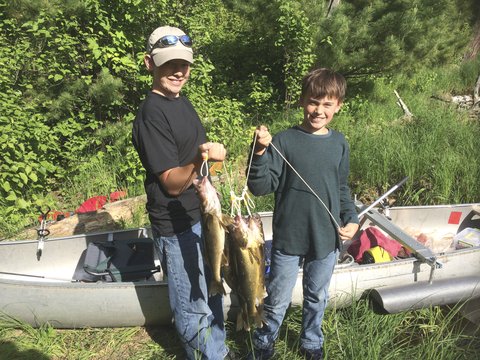
Walleye anglers spend much of the summer trying to coax finicky fish to take their bait,as they battle the heat and an unpredictable bite. But things change dramatically in the fall, as days shorten, temperatures cool and walleyes become increasingly aggressive feeders.
Fall offers some of the best walleye fishing of the season because big walleyes, especially the females, become more aggressive in their feeding as they prepare for winter. This makes them much more accessible to anglers.
The walleye’s main source of food during the fall will be bait fish. Find the schools of baitfish and you will likely find walleyes. This will be around structure-like points, submerged bars and rock piles. Often big walleyes can be found in shallow water during the fall as they aggressively pursue their food sources.
While it is common to find summer walleyes in 25 or 35 feet of water, as they seek to escape the heat in the coolest water this will change in the fall. As a lake turns over, cooler water is found in the shallows, luring baitfish and the walleyes that are feeding on them. It is not uncommon to find big walleyes in just a few feet of water.
While the early morning and evening hours tend to be the best for walleyes during the summer, this is not necessarily true during the fall. As the water gets colder, a sunny afternoon can actually trigger walleye feeding. The low angle of the sun warms the water just a touch to increase walleye activity. However, the low-light hours of morning and evening are still productive.
Minnows are one of the best baits for fall. Fished alone or with a jig, they can be deadly for big walleyes. Also try slow moving crankbaits that resemble baitfish. Although the walleyes are feeding aggressively in the fall, their bite can still be light. And the colder it gets, the more important it becomes to work the baits slowly and to give the fish plenty of time to take the bait before setting the hook.
Another important tip in fall bait selection is to use bigger baits than those used during the summer. Big walleyes are looking for a big meal. Large minnows, such as a six-inch chub is ideal. Hook the minnow through the mouth to allow it to remain as active as possible. If you are using artificial baits, use something big. Anything that maintains good action when worked slowly can be effective.
Finally, when it comes to tackle, go light in order to maintain the sensitivity you need to detect the walleye’s light bites.
Fall is the time to get out and take advantage of some exceptional walleye action. Following these tips will bring you closer to landing a lunker before winter arrives.
